Heukseoksan Recreational Forest (흑석산 자연휴양림)
0m 12375 2021-01-08
306, Sangol-gil, Haenam-gun, Jeollanam-do
+82-61-535-4812
Located at the base of Heukseoksan Mountain, Heukseoksan Recreational Forest is a recommended vacation spot with forest and valleys as well as beautiful azaleas on display during the azalea festival held every May. There are also nice lakes near the valley. In addition, visitors can enjoy general mountain cottages with special red-clay room, water playground, animal barracks and more.
Wangbeot 165 (왕벚165)
7.5 Km 0 2024-02-20
165 Wangin-ro, Seoho-myeon, Yeongam-gun, Jeollanam-do
Wangbeot 165 is a locally recommended Korean restaurant that excels in both taste and atmosphere. Its signature dish is dongchunghacho baeksuk (whole chicken soup with cordyceps), a hearty soup made with chicken, dongchunghacho (cordyceps), abalone, octopus, and various medicinal herbs, boiled to perfection. The ambiance of the hanok adds to the dining experience. Located near the site of the Historic Site of Wang In, where cherry blossoms bloom in spring, diners can enjoy their meal amidst the beauty of the blossoms.
Historical Site of Wangin (왕인박사 유적지)
9.4 Km 20621 2024-01-10
440 Wangin-ro, Yeongam-gun, Jeollanam-do
The hometown of Wangin Baksa (Wangin the Great Scholar) is located at the foot of Munpilbong Peak to the east of Gurim Village. Due to Wangin’s importance and contributions to Korean history, this historical attraction is preserved and maintained in honor of his memory and achievements.
Seonggidong is the official birthplace of Wangin (marked by the Yuheobi memorial monument) and is also home to Seongcheon, the well Wangin is believed to have drunk from. Halfway up Wolchulsan Mountain are Chaekgul, Munsanjae and Yangsajae where Wangin is said to have studied as well as nurtured local pupils. To commemorate the significance of these areas, a memorial is held every March at Munsanjae and Yansanjae.
In front of Chaekgul is a statue of Wangin which is said to symbolize his benevolent character. Just west of Seonggidong is Doljeonggogae, a hill from which it is believed Wangin made a sorrowful look back at his countrymen before leaving for Japan.
Wangin departed for Japan from Sangdaepo, which at the time was an international trading port. The renowned Baekje scholar was beginning his journey at the request of Japanese Emperor Eungshin. He took with him ten books on the Analects of Confucius and a book of Cheonjamun, a text of one thousand Chinese characters. Over time, he earned the trust of the emperor and became instructor to the crown prince. Wangin is well-known for his part in the development of Japanese culture and his name appears often in Japanese history. Wangin educated beyond textbooks and made great contributions to the development of arts, crafts and music and is revered as the originator of Japan’s Asuka culture.
This historic site was originally reconstructed from 1985 to 1987 and is continually receiving improvements to improve accessibility for visitors.
Yeongam Wangin Culture Festival (영암왕인문화축제)
9.6 Km 20279 2024-02-19
440 Wangin-ro, Yeongam-gun, Jeollanam-do
+82-61-470-2346
Yeongam Wangin Culture Festival is held to commemorate the achievement of Korea’s Dr. Wangin, who traveled to Japan over 1,600 years ago to spread Korean knowledge, culture, and arts. Visitors can enjoy various events during the festival period.
Muwisa Temple (무위사)
9.8 Km 18293 2019-11-20
308, Muwisa-ro, Gangjin-gun, Jeollanam-do
+82-61-432-4974
Muwisa Temple is located on Wolchulsan Mountain in Gangjin-gun, Jeollanam-do. The temple has at least 1,100 years of history as it was established sometime before the early 10th century under the name Muwigapsa Temple. The temple houses many significant Buddhist treasures.
Yeongam Pottery Museum (영암도기박물관)
9.9 Km 12607 2021-03-17
5, Seohojeong-gil, Yeongam-gun, Jeollanam-do
+82-61-470-6851
Yeongam Pottery Museum is dedicated to promoting the history of pottery in Korea, starting from the oldest known pottery coming from Gurim Village. Visitors can learn about the history of this art form through exhibitions, educational programs, and hands-on experiences. Locally produced pottery is also available for sale. Nearby attractions include the Wangin Historic Site and Ha Jung-woong Museum of Art.
Dogapsa Temple (도갑사)
9.9 Km 10293 2021-12-06
306, Dogapsa-ro, Yeongam-gun, Jeollanam-do
+82-61-473-5122
Dogapsa Temple, built during the late Silla period, has a long history and various national treasures. Approximately 100 meters from Iljumun Gate of Dogapsa Temple is Haetalmun Gate (gate of emancipation), built in 1473 with a unique design that is also designated as a National Treasure. Near the gate is Treasure No. 1134, Wooden Child Manjusri and Samantabhadra of Dogapsa Temple. A five-story stone pagoda as well as Stone Seated Buddha (a Treasure) can also be seen at the temple. A large amount of the temple was burnt down during various wars, but the remaining stones show how large the temple once was.
Chadam (차담)
10.0 Km 0 2024-02-20
308 Dogapsa-ro, Gunseo-myeon, Yeongam-gun, Jeollanam-do
Chadam is a hanok café located at the entrance of Dogapsa Temple in Wolchulsan National Park. Its signature menu item is the insam latte (ginseng latte), made by mixing milk with raw ginseng and honey. Other popular choices include daechu cha (jujube tea), baekhyanggwa ade (passion fruit ade), and patbingsu (shaved ice with red beans). They also sell a dessert called yeonkkulppang (bun with lotus roots, yam, red bean filling), which is unique to temples. Visitors can enjoy healing while observing the majestic Wolchulsan Mountain, which change with the seasons.
Yeongam Gurim Hanok Village (영암 구림전통한옥마을)
10.3 Km 37540 2020-05-04
43-14, Gurim-ro, Yeongam-gun, Jeollanam-do
+82-61-472-0939
Nestled at the foot of Wolchulsan Mountain's western side in Yeongam-gun, Jeollanam-do, Yeongam Gurim Hanok Village has a 2,200 year-long history, stretching from the Three Han States to Proto Three Kingdom Period. The village is abundant with various historical stories and features, offering plenty of cultural tourism resources. The village includes 12 pavilions including Hoesajeong Pavilion and Gukamsa Shrine, traditional houses, stone walls, and old oak trees. Especially, 96 Korean-house accommodations including Anyongdang, Wolindang, Gukamsa, and Anhyeongung are located for tourists to stay in a traditional Hanok as well as to offer various traditional programs like paper craft, traditional wedding ceremony, rice cake-pounding, straw craft, catching fish, water activities and others. Also, Wangin Cherry Blossom Festival and Chrysanthemum Festival are held here every year.
Cheongsu Minmul Jangeo - Haenam Branch (청수민물장어 해남)
10.6 Km 120 2021-03-26
542, Haenam-ro, Haenam-gun, Jeollanam-do
+82-61-534-8484
A restaurant that serves live eel cooked on the spot. This restaurant's signature menu is grilled eel. This Korean dishes restaurant is located in Haenam-gun, Jeollanam-do.
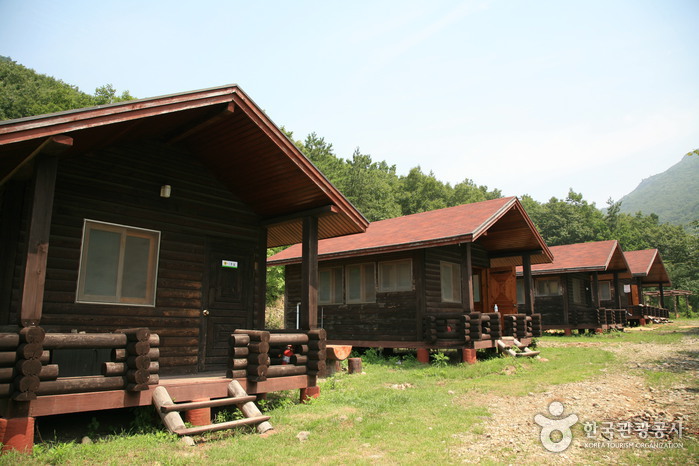
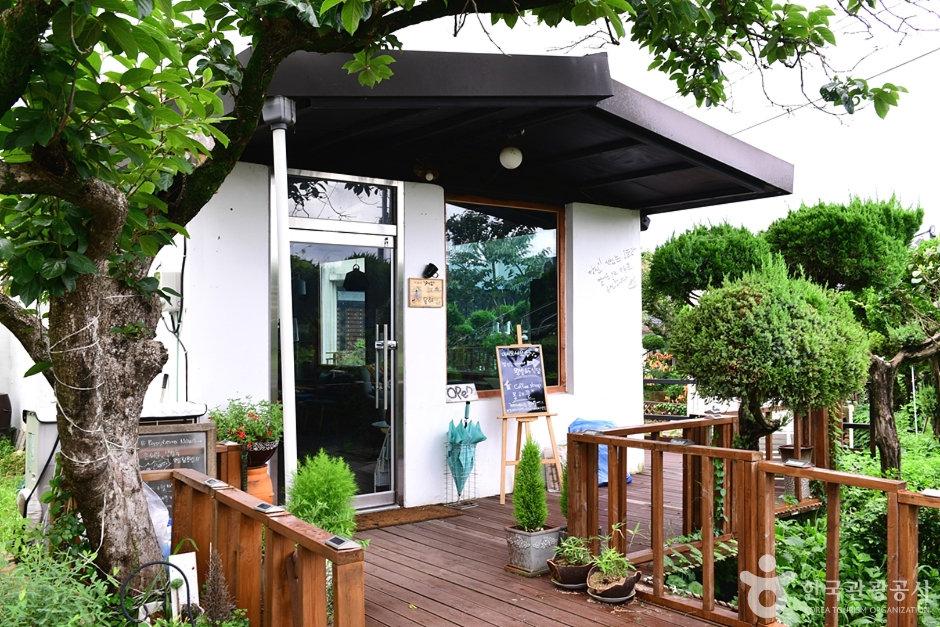
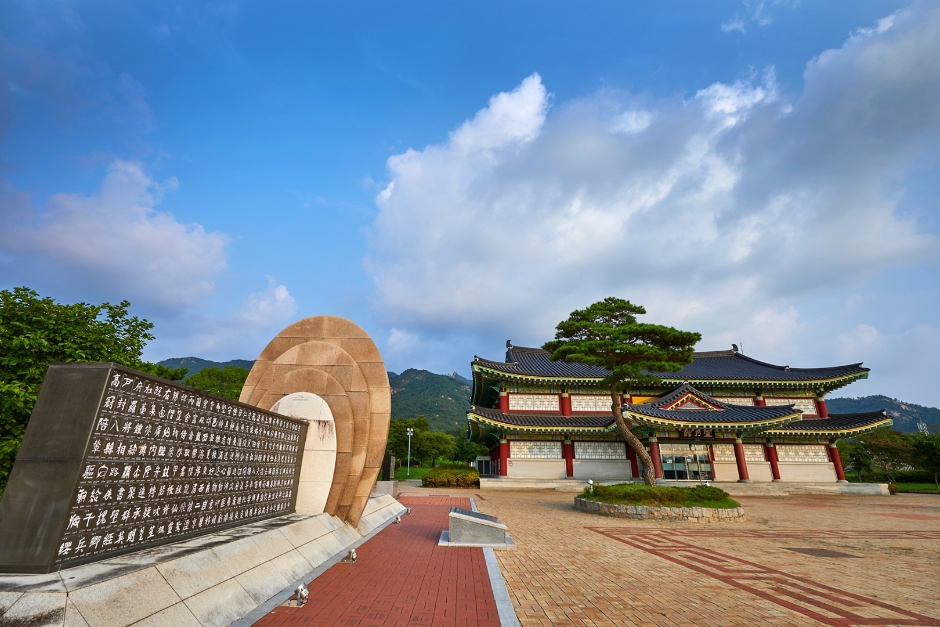
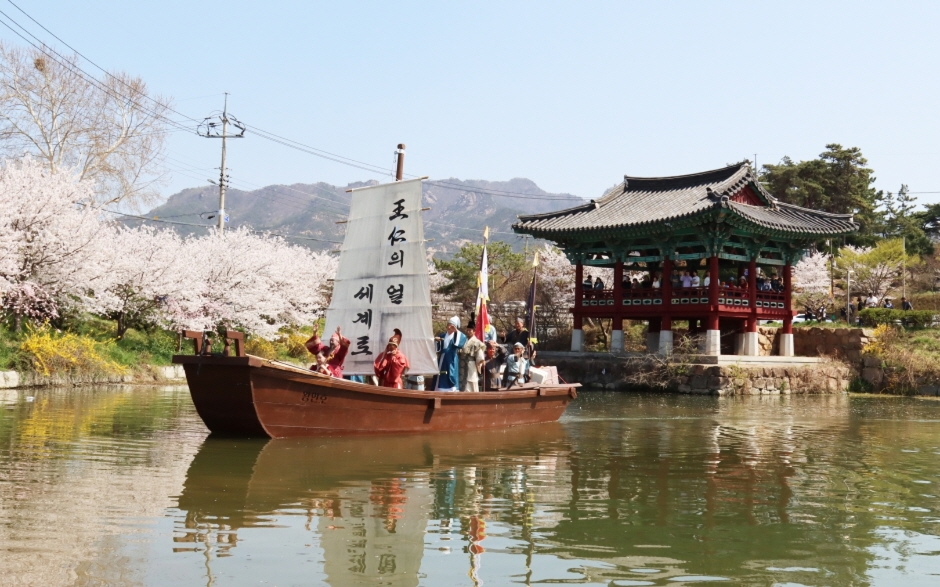
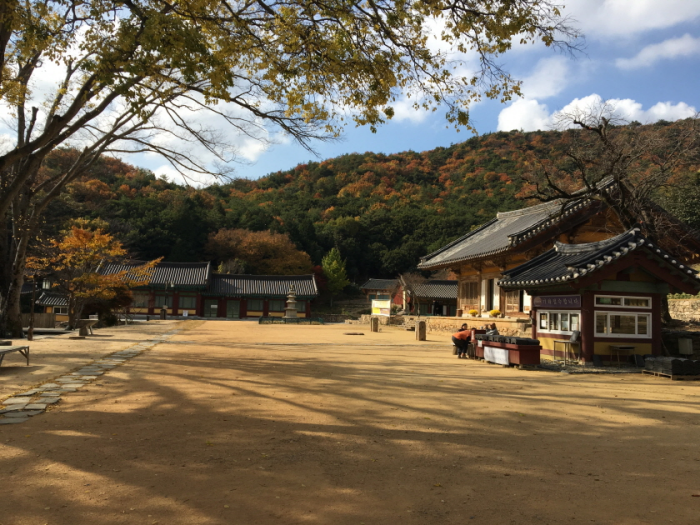
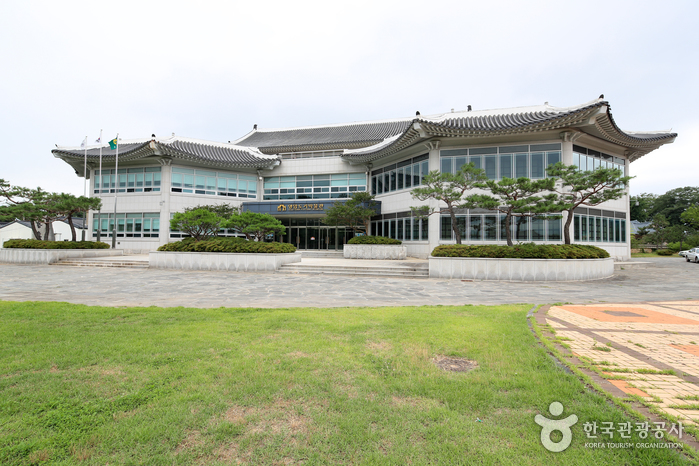
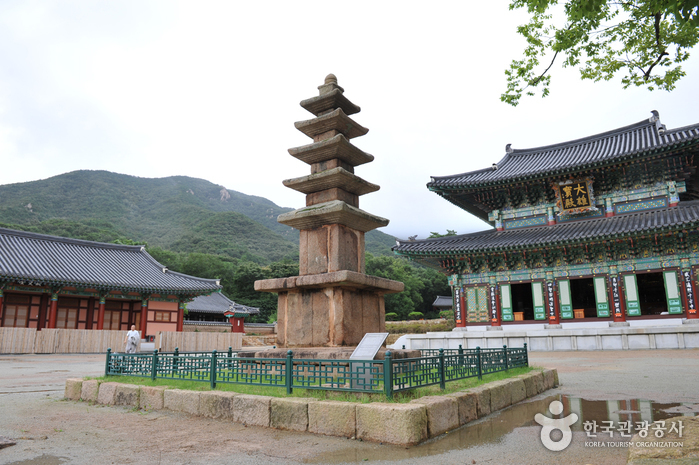
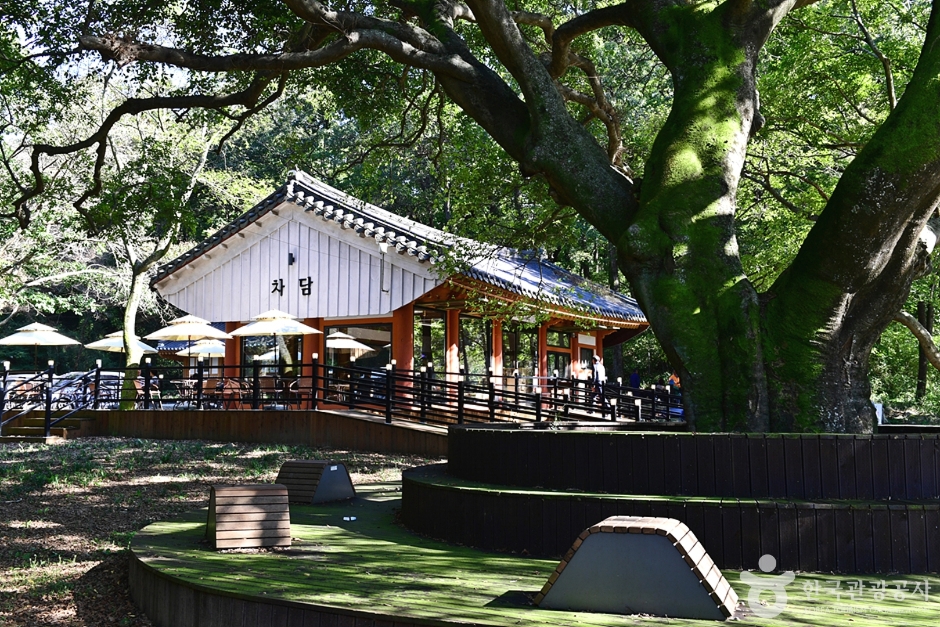
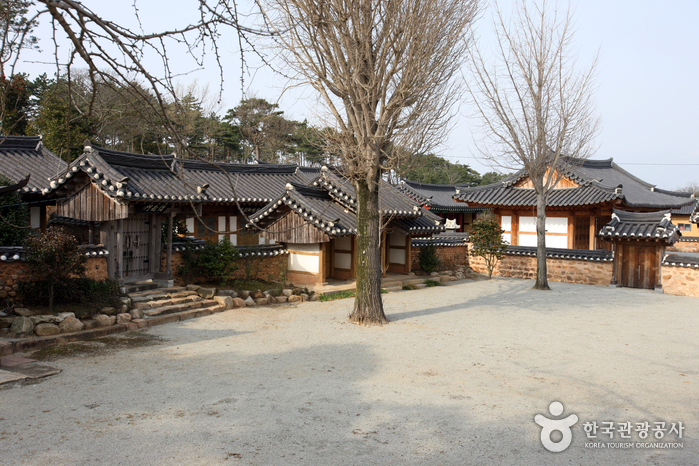
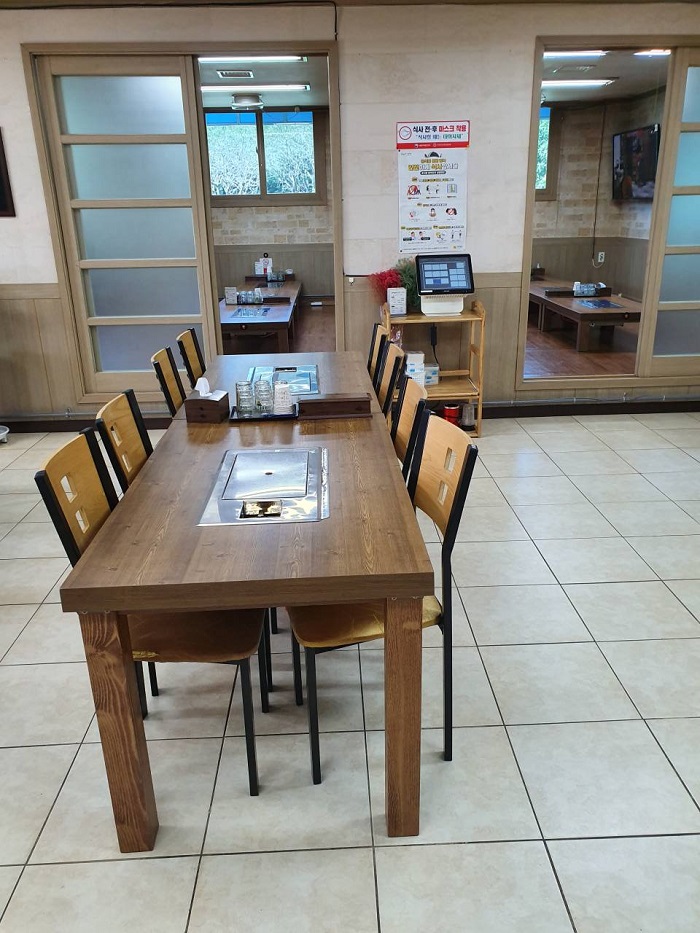
 English
English
 한국어
한국어 日本語
日本語 中文(简体)
中文(简体) Deutsch
Deutsch Français
Français Español
Español Русский
Русский